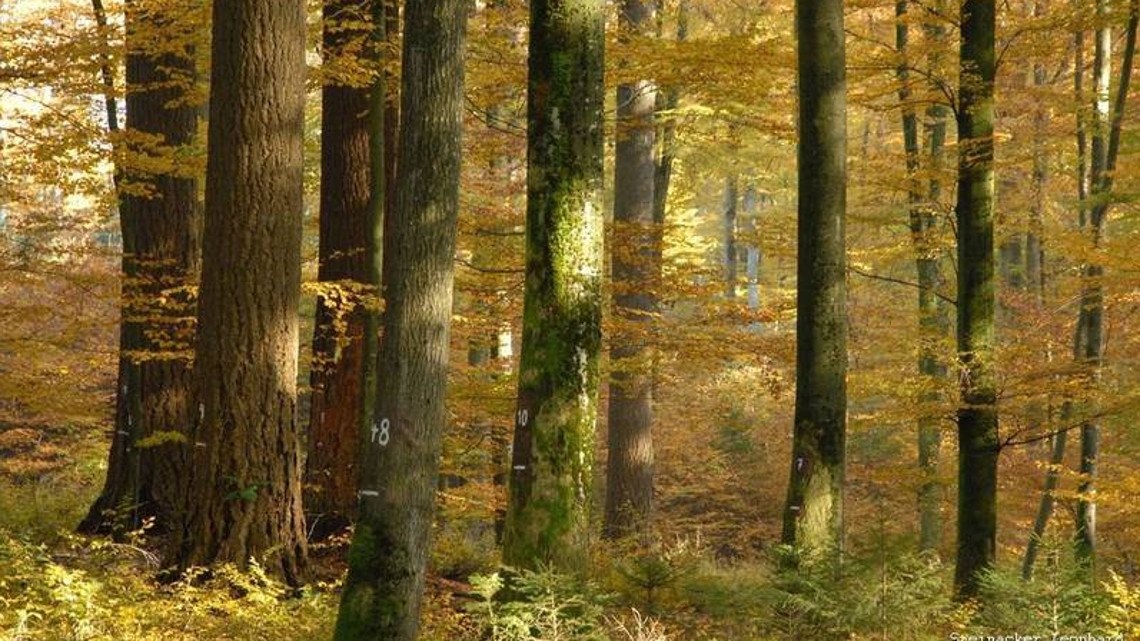Study: Tree mix increases yield in forests
The largest big-data analysis to date on global biodiversity in forests has confirmed how closely species diversity and productivity are interrelated.

Deforestation and climate change are putting more and more pressure on the forest ecosystem. Not only are the habitats of many animals under threat, the capacity of forests to absorb CO2 and emit oxygen is diminishing as well. A comprehensive international study now reveals the positive influence of biodiversity on global forest productivity. The investigation, published in the journal 'Science', covers around 30 million trees, including 8,700 species ranging from mangroves to tropical wet forest trees, Central European trees, trees in tundras and dry savannahs and Mediterranean trees. Researchers from the Technical University of Munich (TUM) also participated in this study. Over 770,000 sample sites in 44 countries were evaluated. "A gigantic amount of data on biodiversity and productivity from nearly 50 countries throughout the world was processed, something that has never been done before in this scientific field," as co-author Hans Pretzsch from the TUM's Chair of Forest Growth and Yield Science points out.
Understanding the forest ecosystem better
The study is the first major undertaking of the new Global Forest Biodiversity Initiative (GFBI), a network established just this year. The international and interdisciplinary research group intends to deepen our understanding of interrelationships concerning the world’s largest forest ecosystems. The GFBI study includes the most important forest ecosystems throughout the world. It reveals that loss of species diversity leads to massive reductions in the productivity of forests. That is not all, however. Forests with different tree species such as mixed forests with beech and pine not only enjoy many ecological and social advantages, but they also produce significantly more wood. "The inventories and experimental plot data going back over 150 years show how the wood yield reduced in parallel with the number of species, and how reverting from monocultures to mixed stands enables it to increase again," explains Pretsch.
In Germany, too, many mixed forests were converted to monocultures during the 1950s and 1960s. This strategy is now a thing of the past. Pretsch reports: "These days, forestry regulations in many countries state that stands of trees should consist of two or three species wherever possible." As early as 2007, the German government began to implement the 'National Biological Diversity Strategy' (NBS) by supporting innovations to protect and sustainably develop biodiversity. The 'BioHolz' joint project was inaugurated nearly a year ago. Funded with 3.2 million euros, the project will investigate new options for sustainable forestry.
Loss of diversity costs billions
The study also puts a figure on the losses that continued loss of diversity would cause for the forestry industry: The authors assume that a loss of diversity of 99% would lead to loss of yield as well, and this would equate to a value reduction of between 166 and around 490 billion US dollars. In such a case the losses would exceed the costs of worldwide efforts to maintain biodiversity by a factor of two. In addition, the loss of genetic diversity and of protection and recuperation capacities would also be significantly greater than the anticipated reduction in wood yield.


